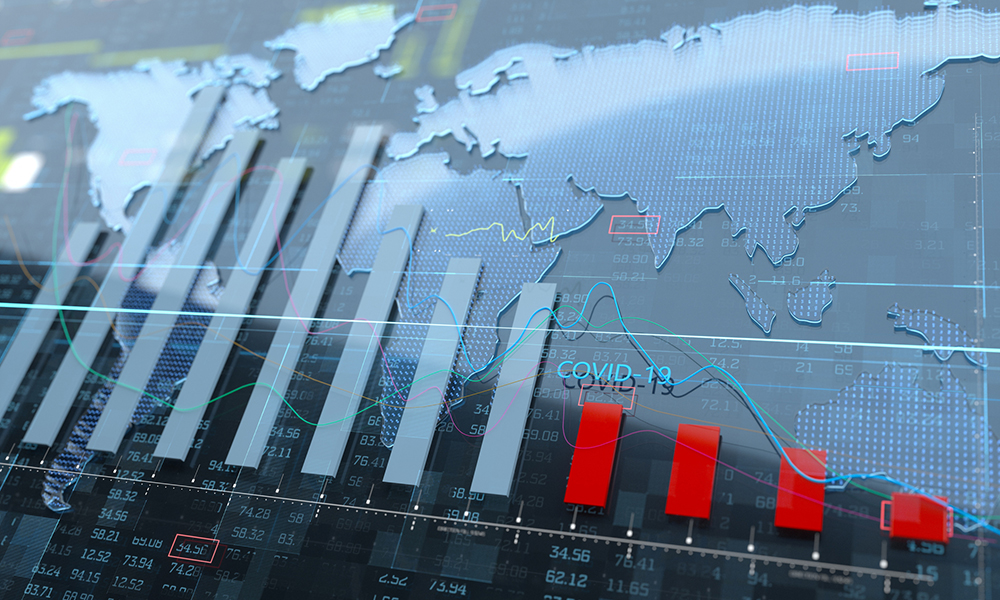The war in Ukraine adds to the inflationary pressures. The primary channel is
through higher commodity prices, particularly for oil, gas, agricultural products and
fertilisers, of which Russia and Ukraine are significant producers (Graph 13.A). Some
of these price rises – eg for oil and wheat – will feed directly into inflation. EMEs will
be hit harder than AEs, given the typically larger share of food and energy in
consumption baskets (Graph 13.B). Exchange rate appreciations may reduce
imported price pressures for commodity-exporting EMEs, although this relationship
appears to have weakened since the start of the pandemic (Graph 13.C). Other
price rises, eg for metals, will raise firms’ production costs and could intensify price
pressures through global value chains.
The net effect of these factors could be material, particularly as inflation is
already high. Estimates of the effect of commodity price increases across a broad
panel of countries indicate that a 30% increase in oil prices, combined with a 10%
rise in agricultural prices – roughly in line with those seen since the start of the
year – has historically been associated with a 1 percentage point increase in
inflation in the following year (Graph 14.A).10 For European countries, where gas
prices have surged even more than oil prices, the effects could be larger.
Commodity market disruptions will also weigh on growth (Graph 14.B). By
raising firms’ production costs, higher commodity prices effectively lower global
aggregate supply. Although commodity exporters will benefit from higher export
revenues, largely in the form of higher corporate profits, the growth boost could be
smaller than usual if tighter financial conditions and expectations that the rise in
commodity prices will be temporary deter firms from investing to boost capacity
(Graph 14.C).11, 12 Meanwhile, for commodity importers, the terms-of-trade loss will
further compress domestic incomes and aggregate demand.
The hit to growth
could be even larger if higher commodity prices are accompanied by a cut to
global commodity output and rationing, as occurred in the 1970s.
This speaks to possible broader consequences of the war, beyond its effect on
commodity markets. Admittedly, the hit to trade flows is relatively small on a global
scale. But the conflict has created an environment of higher uncertainty and
political risk, which is historically associated with lower business investment.13 And
over the longer term, the new geopolitical landscape could see real and financial
fragmentation, including through a reorganisation of global supply chains.


